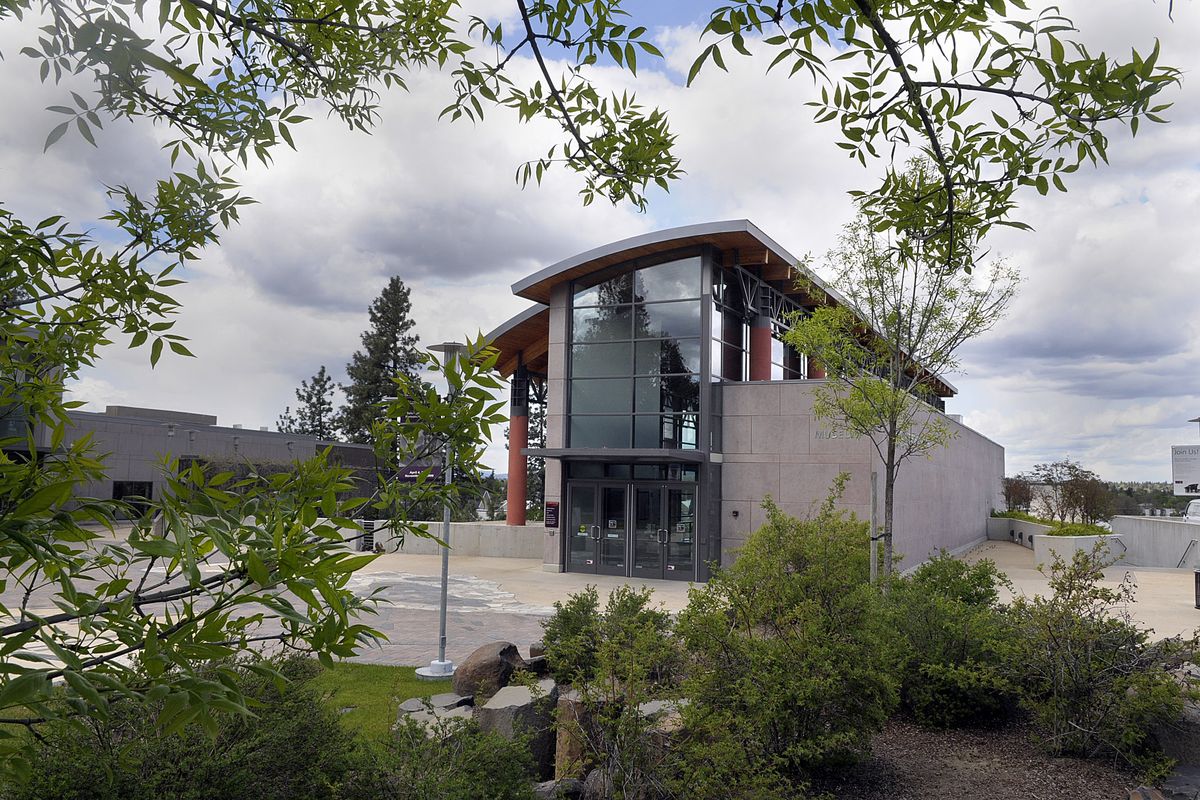Museum of Arts and Culture seeks local tax money to offset state cuts

The Northwest Museum of Arts and Culture made a bid Tuesday for local tax money to offset a crippling loss of state support.
Executive Director Ron Rector sought county commissioners’ blessing to join the Public Facilities District, which operates the Spokane Arena, the Spokane Convention Center and the INB Performing Arts Center.
Commissioners made no promises, but they agreed to solicit state legislators’ views on ways to pay for museums and to consult the facilities district board.
“I’d be very happy to talk to them about it,” PFD Chief Executive Officer Kevin Twohig said in an interview.
But the district doesn’t have any spare cash, and museums are not part of its voter-prescribed duties, Twohig said. The district has only about half as much money as it needs for planned maintenance, he said.
“I’m as much of a supporter of the MAC as anybody,” Twohig said. “It’s a definite attraction, but the district probably gets approached about once or twice a year about community support.”
Just last week, county commissioners told Twohig they would like more PFD money for the Spokane County Fair and Expo Center. Commissioners also endorse the HUB Sports Center in Spokane Valley, which has approached the district several times.
“They are all great projects, but the district is not the be-all and end-all of funding,” Twohig said. “Not unless the voters tell us we are and give us the money to do it.”
The rub is that the district already plans to go to voters next spring for a $60 million to $70 million expansion of the Spokane Convention Center.
Meanwhile, Commissioner Todd Mielke urged MAC officials to continue pursuing other options.
Mielke advocates seeking more state money by designating the museum as a state archive for artifacts.
Rector called for the Public Facilities District to take on the proposed Armed Forces & Aerospace Museum and Mobius Science Center along with the MAC.
He said it now appears that the state will provide enough money to operate the MAC’s buildings, but not its programs.
“I think we’re past the ‘let’s close it’ routine,” Rector said.
However, he said only the Campbell House could remain open without local support for programs.
Rector said the museum’s facilities costs run $600,000 to $700,000 a year.
Overall, Rector said, “We run very efficiently at $1.7 million, $1.8 million – right in there.”
He said the MAC could run on reserves for a year, but he “didn’t get a real warm, fuzzy feeling” from legislators about long-term support.
“I think, in the long term, we as a community can’t rely on the state,” Rector said.
Commissioner Mark Richard said he hoped a temporary reprieve from the state would allow local officials to develop a plan – which he hopes wouldn’t involve new taxes.
Twohig said the Public Facilities District has commitments through about 2025 for its tax revenue – from a 0.1 percent local sales tax, a 0.033 percent state sales tax rebate and a 2 percent local lodging tax.
Mielke said hoteliers’ support for the lodging tax depends on “putting heads in beds.” The industry appoints one of the district’s five directors, and Spokane and Spokane County appoint the rest.
Rector said about 15 percent of people who attend the museum’s major exhibits are from out of town. A Leonardo da Vinci exhibit this summer is expected to draw 60,000 to 70,000 visitors between June 3 and Sept. 5.
Museum officials had gotten “fairly comfortable” with state funding but now are trying to market the MAC more aggressively and attract younger visitors, Rector said.